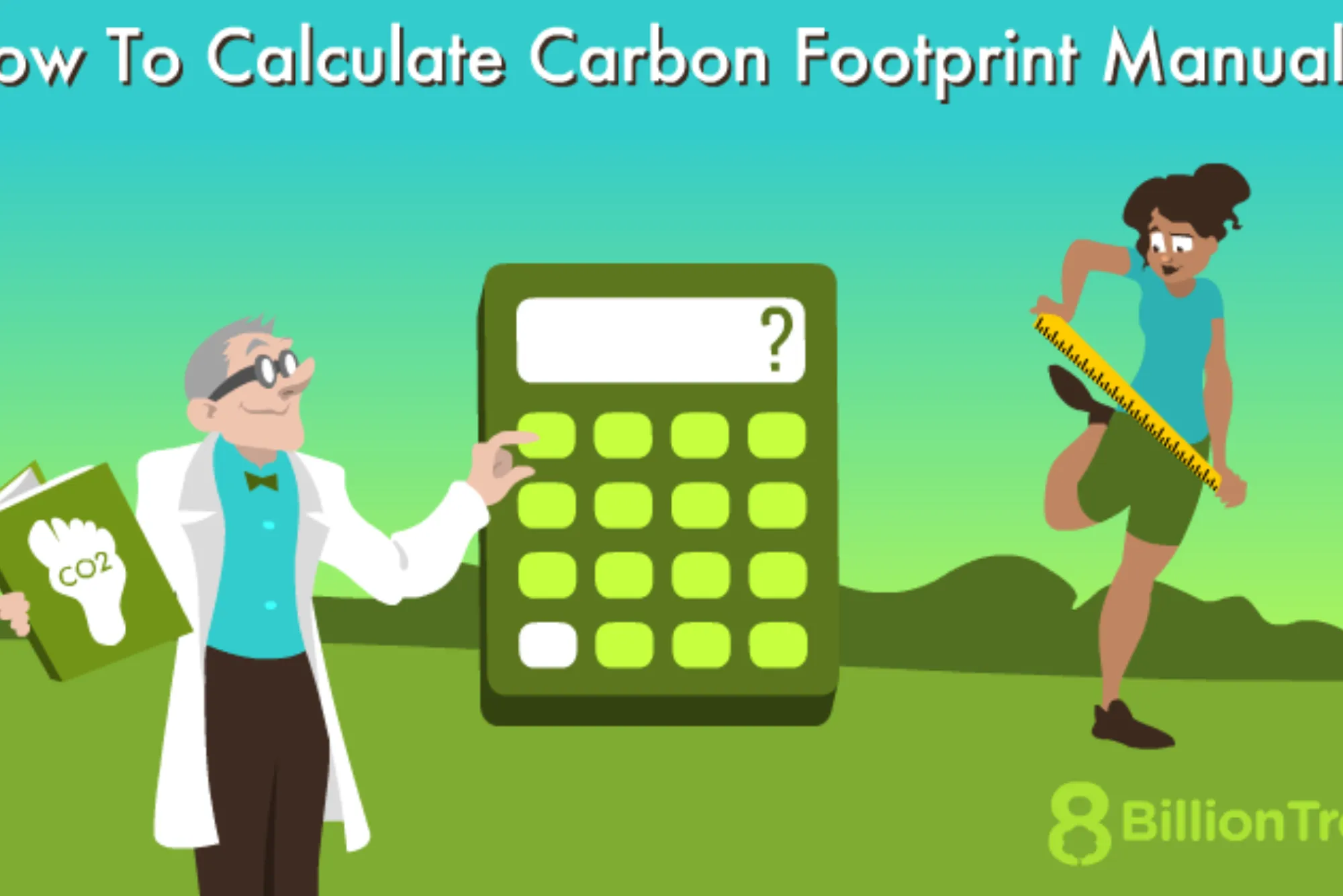Slot designers rarely leave a successful mechanic alone. Once free spins became the “must-have” bonus, studios started layering on modifiers—multipliers, sticky wilds, retriggers. The latest evolution many players now encounter in modern video slots (especially 2024–2025 releases) is the extra spin coin. If you’ve ever had regular spins interrupted by a special coin symbol that “banks” an additional spin or charges a meter toward bonus rounds, you’ve tasted the mechanic. This article dives deep: what extra spin coins actually are, their different implementations, how they influence volatility, practical bankroll strategy, and why they’ve become a feature studios lean on to differentiate math models.
Extra spin coins, at their core, are meta-resources that sit above the raw reel outcomes. Instead of awarding direct cash, they grant you more opportunities (additional spins) often on preferential terms—like during a feature, with boosted multipliers, or on a locked board state. They decouple time in bonus mode from the base random trigger and give designers a balancing lever: they can deliver excitement through gradual accumulation while controlling overall RTP leakage.
In today’s competitive environment—particularly across new online casinos uk—developers and operators showcase novel spin-augmentation systems to keep session engagement high without relying purely on higher base RTP. Understanding how these coins work lets you assess whether a title’s “extended spin economy” is genuinely value-adding or just a shiny pacing device.
What Exactly Is an Extra Spin Coin?
An extra spin coin (sometimes branded as Spin Token, Bonus Coin, Energy Chip, Time Coin) is a special symbol, overlay, or side collectible that, when landed or accumulated, adds one (or more) extra spins to a defined pool. That pool could belong to:
-
A free spins bonus currently in progress (extending it beyond the initial awarded number)
-
A hold-and-spin / respin feature (resetting the spin counter)
-
A persistent base-game meter that, upon filling, launches a feature with a preloaded count of free spins
-
A multi-stage progression map (each stage requiring a certain number of coins to unlock more enhanced spin rounds)
Key is that the coin substitutes time (more reel iterations) instead of direct payout. Mathematically, each extra spin has an expected value (EV) based on the state of the reels when it is consumed (e.g., existing sticky wilds, active multipliers, locked symbols). Coins are thus EV amplifiers when they extend advantaged states.
Core Design Archetypes
Instant-Grant Extension
Landing a coin during a free spins round immediately increments the remaining spins counter. Classic examples show animations like “+1 Spin.” This is the simplest form: each coin is an additive constant. Designers tune frequency so the average number of total free spins remains within the feature’s target EV envelope.
Metered Accumulation
Coins collected during base play fill a meter. Completion triggers a free spin batch (say 10 spins). After the feature resolves, meter resets (sometimes partially). Here, coins smooth variance by providing a semi-predictable cadence toward features; however, partial progress loss on reset can add hidden volatility.
Hold-and-Spin Resetter
In sticky symbol respin mechanics (common in “lock-it” style features), you start with, say, three respins. Each new money symbol or coin resets the respin count back to three. Extra spin coins here behave as survival tokens: every landed coin refreshes your lifeline and increases board fill probability, pushing you toward a full grid or upgraded prize tiers.
Multi-Stage Evolution
Some titles create a ladder: accumulate X coins to unlock Stage 1 free spins; during Stage 1, collect rarer “enhanced coins” to promote to Stage 2 where multipliers rise or symbol strips upgrade. Each rung amplifies average spin EV; extra spin coins become gating currency plus extension currency.
Banked Future Spins
Occasionally coins are stored in a persistent wallet across sessions (until you log out for a certain time or trigger the feature). This fosters retention: players return to “use up” their banked spin balance. Always check expiry clauses—some games clear unconsumed coins after a dormant period.
Why Studios Introduce Extra Spin Coins
Pacing & Engagement
Coins add micro-goals. A dead streak feels less punishing if you’re at “8/10 coins” toward a feature. This mitigates churn without simply inflating overall hit rate.
Volatility Sculpting
Traditional free spins rely on random scatters. Adding coins lets designers deliver controlled volatility layering: base game remains relatively low hit rate, but coin accumulation promises periodic elevated states, allowing wider top-end potential while maintaining manageable session length variance.
Responsible Play Levers
Because coins represent non-cash progress, operators can surface clearer disclosures (“2 coins to feature”) and encourage planned session stops (“reach the next feature then pause”). Ethically designed, this introduces natural rest points instead of open-ended chase loops.
Monetization & Differentiation
For casinos launching new lobbies, highlighting “extended spin systems” is a marketing angle without promising unrealistic raw RTP. It also differentiates from older titles where free spins are binary triggers.
Understanding the Math Beneath Coins
Every extra spin coin carries an implicit expected value:
EV(coin) ≈ P(extension context) × EV(single spin in that context)
Contexts differ:
-
Early free spins with few modifiers → lower EV per additional spin
-
Late feature with stacked multipliers / many sticky wilds → dramatically higher EV
Designers calibrate coin drop rates conditional on game state (“state-dependent probability”). That’s why coins often feel rarer once they would be too valuable (e.g., near a near-full hold-and-spin grid). This isn’t “rigging” in legitimate regulated titles; it’s coded probability weighting declared in certification.
Practical Player Strategies
Track Effective Extension Frequency
Note initial awarded free spins vs. final spins consumed across several bonuses. If you routinely see +30–40% extension, the feature’s base award is likely intentionally conservative. Adjust expectations: headline “10 free spins” might average 14 actual.
Bankroll Segmentation
With meter accumulation, treat reaching the feature as a mini project. Allocate a fixed budget slice per “cycle” (e.g., 50 base spins to chase remaining coins). If variance exceeds your planned cost before completion, allow yourself to walk, resisting sunk-cost tilt.
Value of a Coin Late vs. Early
In hold-and-spin modes, a coin landed with high-value symbols already locked can be worth multiples of a base coin. Emotionally anchor on marginal expected gain, not count. Sometimes accepting a medium result and exiting (if feature offers “Take Win” vs. “Respin for more”) outperforms chasing marginal coin EV under diminishing probabilities.
Avoid Overestimating Persistent Progress
If a game partially resets meters (e.g., drops you to 30% progress after triggering), calculate real average cost per feature: (Total wagers across cycles) ÷ (Number of features). Coins only reduce volatility if cumulative cost per trigger stabilizes.
Document Coin Distribution
Simple manual sampling: Over 1,000 base spins, tally coins. Estimate coin hit rate = total coins ÷ total spins. Pair with average coins needed per feature. That provides an empirical feature frequency approximation to compare against marketing claims.
Misconceptions About Extra Spin Coins
“Coins Are Free Value”
They are budgeted within the RTP. The game reduces something elsewhere (lower raw line hit frequency, smaller average scatter payout) to “pay” for coin-based extensions.
“More Coins Always Better”
Not if they postpone high-volatility bonus clusters you actually prefer. Some players like concentrated excitement; coins that trickle small progress can flatten variance, reducing the shot at top-end outcomes if design compensates via smaller multipliers.
“Leaving Before Feature Wastes Progress”
Only true if progress persists. If progress is session-based only, leaving does forfeit potential EV. If persistent, stopping is neutral and may be prudent when fatigue sets in.
Ethical & Regulatory Angle
Regulators scrutinize features that might obscure real cost of play. Best practice for coin systems:
-
Transparent meters (exact coin count shown)
-
No stealth decay (unless clearly disclosed)
-
Clear differentiation between cash wins and progress tokens
-
Responsible messaging when a player nears a feature (avoid manipulative urgency phrasing)
If a title obfuscates coin value, consider switching; opacity often correlates with unfavorable player economics.
Evaluating a Coin Mechanic Before Committing
-
Read the Info Sheet: Look for sections describing coin frequency or respin resets. Absence isn’t always bad, but detailed disclosure signals design maturity.
-
Test in Demo Mode: Track average extension. Verify coin animation speed (slow animations increase cognitive fatigue, nudging longer sessions).
-
Check Volatility Label: Some games labeled “High” rely on coin-driven staged features to provide interim interest. Decide if that pacing matches your risk tolerance.
-
Set a Completion Threshold: Predefine how many incomplete meters you will tolerate before pausing. This prevents indefinite chasing.
Advanced Perspective: Modeling Coin EV
A simplified approach:
-
Let p_c = probability of a coin per base spin.
-
Coins needed per feature = N.
-
Average base spin cost = bet size B.
-
Average feature value (including its internal coin extensions) = F.
Then expected cost to reach feature ignoring variance ≈ (N / p_c) × B. Expected net EV per cycle = F – (N / p_c) × B. Positive cycles rely on feature EV outweighing accumulation cost; designers ensure overall long-run RTP < 100%, but some cycles deviate favorably. Monitoring empirical p_c helps avoid overestimated value illusions.
For hold-and-spin resets where each coin resets counter to R spins:
-
Probability of landing another coin before R dead spins = 1 – (1 – p_c)^R.
-
Expected length of chain ~ geometric with success prob (1 – (1 – p_c)^R), enabling approximate expected number of extensions and total board fill chance.
Future Evolution of Extra Spin Coins
Expect hybridization: coins merging with persistent symbol upgrade tracks, cross-vertical accumulation (e.g., sports bet action awarding casino spin coins), and adaptive allocation (systems modulating coin frequency based on session loss limits to maintain engagement while promoting safer play). We’ll likely see transparency overlays calculating “Expected remaining spins if average coin rate holds”—a step toward informed consent.
Personal Closing Thoughts
I’ve found extra spin coin systems most satisfying when they meaningfully interact with board state—like extending spins after sticky wilds have landed—rather than simply padding a mediocre feature. The key question I always ask: Does each incremental coin extend a high-EV state or just defer resolution? If it’s the former, I lean in (within budget). If it’s the latter, I treat the coins as cosmetic pacing and avoid chasing beyond pre-set limits. Mastering that distinction helps you enjoy the design innovation without donating unnecessary bankroll to cleverly gamified progress bars




